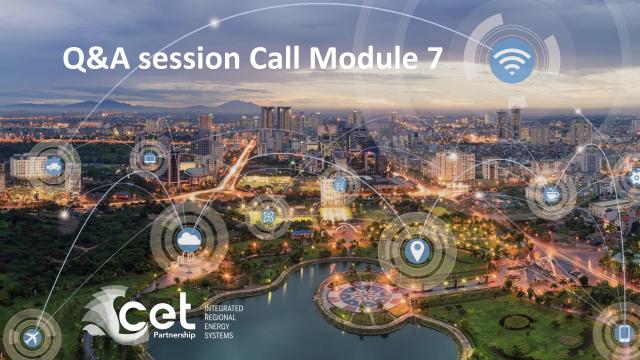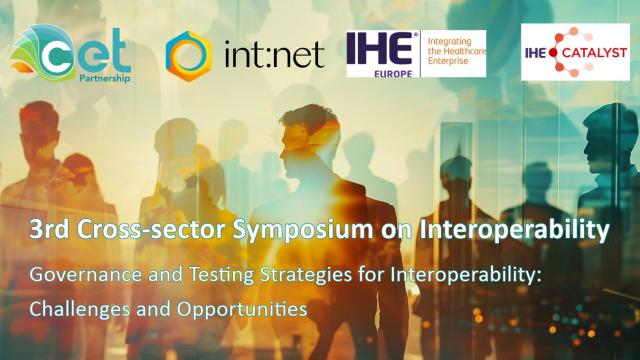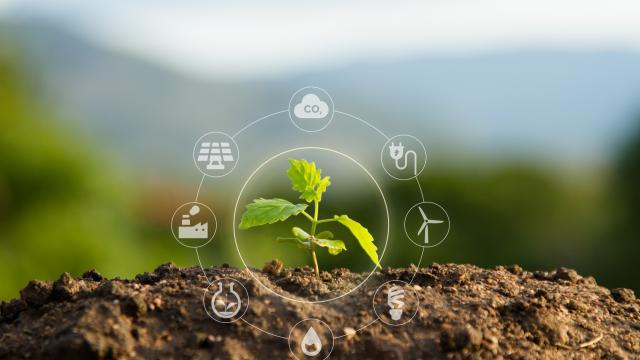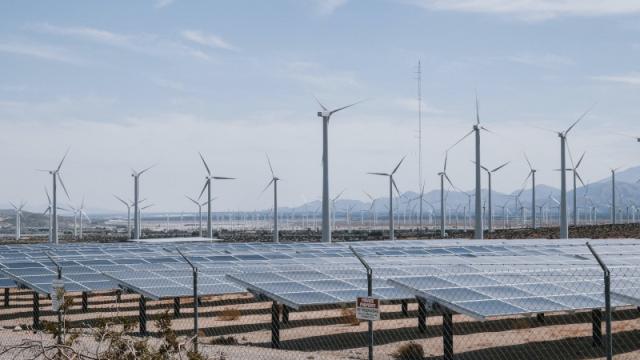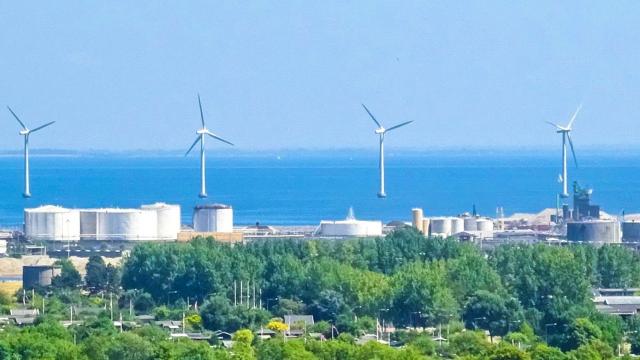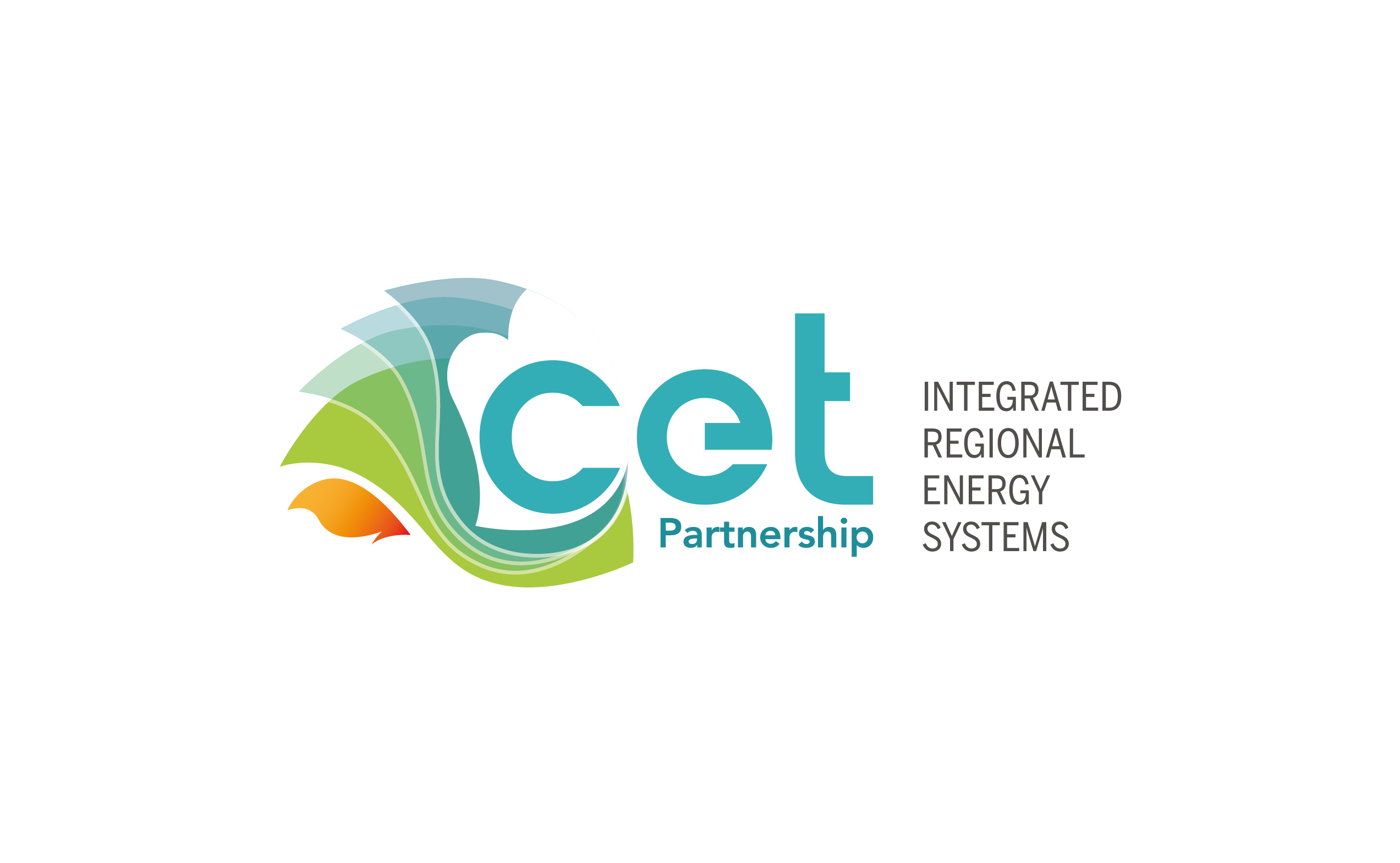
The TRI5 focuses on promoting regional energy systems which clearly accelerate Europe's energy transition. Projects are designed to be replicable across similar regional environments throughout Europe, emphasizing scalable, adaptable and resilient solutions.
The main objective is to accelerate regional energy transition processes by nurturing active involvement of communities, companies, and responsible bodies for energy planning. This can be achieved by effectively utilizing flexibility and hosting high shares of regionally available renewable energy sources, by optimizing and integrating supplier and consumer infrastructure, and by fostering cross-sector synergies. TRI5 emphasizes system integration over individual technological advancements, aiming for a holistic approach to specific regional energy challenges.
Additionally, projects are expected to focus on boosting system resilience and integrating digital solutions into energy transition processes. TRI5 projects are hence encouraged to participate in the NoREST initiative (Network of Regional Energy Transition-Labs) and in the CETP network for Interoperability.
EUROPEAN COLLABORATION NETWORK FOR INTEROPERABILITY TESTING
The collaboration network will feed the community with state-of-the art information and external knowledge about the necessary processes and the testing. Interoperability Test Events (Connectathon Energy) will be arranged to provide unique opportunites for vendors to engage in peer-2-peer testing of the interoperability of their products in a structured environment with other vendors.
The collaboration network will also engage with decision makers to create awareness of the requirements for digitalisation
This ERA-Co-fund Action aims to promote transnational collaboration of R&D projects and other initiatives to develop interoperable solutions by providing an open, independent development and testing environment for developers, manufacturers and suppliers of components and solutions for smart energy systems.
The open invitation for collaboration offers the following activities:
1. Structured Knowledge Sharing: It offers a structured, workshop-based process, facilitating knowledge sharing and co-production of fresh insights related to interoperability within ERA-Net/CETP projects.
2. Hands-on Experience: Participants have the opportunity to gain practical, hands-on experience in software interoperability testing in a peer-to-peer setting using the Gazelle Platform.
3. Support for Projects: The platform extends further support to ERA-Net/CETP projects, enabling them to access new tools, know-how, and testing experience for enhanced interoperability.
4. Community Enrichment: It serves to enrich the community by providing the latest information and external knowledge, keeping stakeholders informed about the state-of-the-art developments in the field.
5. Interoperability Test Events: The platform organizes Interoperability Test Events, known as Connectathons Energy, which adhere to the IHE/IES model. These events facilitate real-world testing and validation of interoperability, fostering progress and collaboration in the sector.
Find more information here: CETP Collaboration Network for Interoperability Testing.
Report on the SET-Plan Implementation Working Group 4 - 2nd Symposium on Interoperability + Data Spaces
On 6th June 2024, the Symposium on Interoperability and Data Spaces took place in Trieste. The event was held in conjunction with the annual healthcare testing event, the IHE Connectathon 2024.
The ERA Net / CETP European Collaboration Network for Interoperability Testing, together with the int:net project, organised a cross-sector exchange on Data Spaces, which met with great interest. A total of five sectors came together to exchange ideas and report on their challenges.
The venue was not chosen at random: we wanted to give participants the opportunity to see live how a testing event works in an established community. And it's really something to see a room full of hundreds of software developers working together in a well-organised and structured testing process.
The event was very well received by the attendees and the desired cross-industry exchange was initiated.
Find the Presentations bellow.
